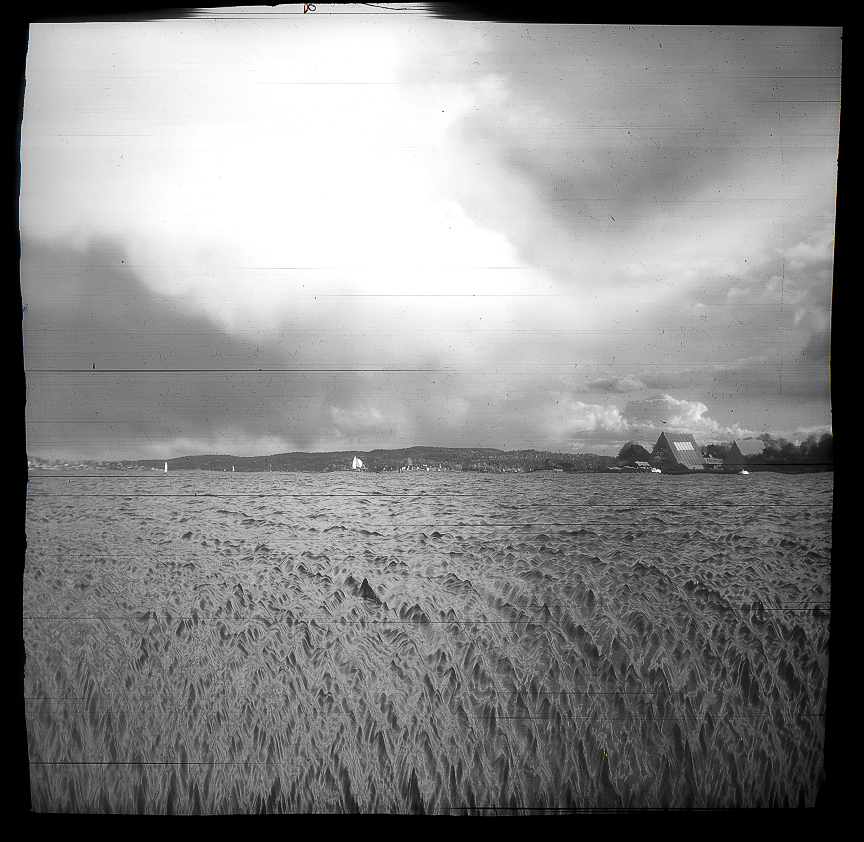this post was submitted on 28 Jul 2024
222 points (97.4% liked)
Photography
4631 readers
26 users here now
A community to post about photography:
We allow a wide range of topics here including; your own images, technical questions, gear talk, photography blogs etc. Please be respectful and don't spam.
founded 2 years ago
MODERATORS
you are viewing a single comment's thread
view the rest of the comments
view the rest of the comments

I haven’t really considered that, I’m assuming the (in this case) vertical sampling is ‘global’, as in the values at each sensor site is locked at the same time and then read out from the serial bus.
If there was a delay, stuff like fluorescent lighting would read as a moire pattern, but I’ve only ever encountered streaking/linear distortion in those circumstances.
I think the ‘griddyness’ or general sense of direction in the water is purely a function of how water moves and not a result of readout delay.
I’d love to be proven wrong, though, so if I can do some experiment to determine either way, I’m all ears.
I'm only guessing on sequential sensor readout. It seems like cost would incentivize sequential readout, but then again that would make it hard for the scanner to move horizontally in a continuous sweep. You could try photographing something provided a strobe with crisp edges (eg not an incandescent light source that's blinking).
And you're totally right, the effect on the water could just come from sampling horizontal slices at a fairly fixed time interval. It just seems a bit too... "nice"? It is a very cool effect though.